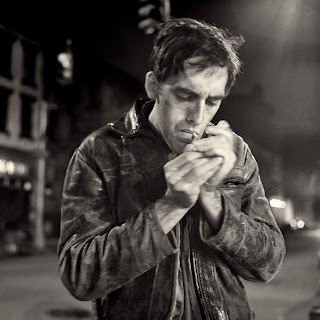Art on the Block: Tracking the New York Art World from Soho to the Bowery, Bushwick and Beyond
Ann Fensterstock. Palgrave MacMillan, $28 (288p) ISBN 978-1-137-27849-4
New York is indisputably a city of neighborhoods and art historian and collector Fensterstock’s mission in this lively and expansive cultural history is to reveal the impact of shifting real-estate markets, economic cycles, political movements, art-world producers, and consumers on contemporary art’s evolution. Rejecting any one explanation for the art world’s geographical, commercial, and aesthetic restlessness, Fensterstock instead presents “variables” to consider as she adeptly guides readers through the decades, from the decline of late-1960s Midtown modernism to 2010’s Lower East Side revival. Structured chronologically and by neighborhood, the book weaves a lucid narrative of how rising real-estate costs in the early 1970s made edgy Soho galleries cautious and increasingly commercial, prompting young artists attuned to punk and new wave to embrace the East Village scene, which remained influential until the late 1980s, when Chelsea and Williamsburg replaced it as epicenters of the art world in the 1990s and 2000s. Fensterstock concludes by arguing that the one constant here is change. Based on more than 150 interviews with artists and gallery directors, as well as news and criticism in popular art publications, the book is a highly readable introduction to the New York art world. 24 pages of color inserts. Agent: William Clark, W.M. Clark Associates.
I'm thrilled that the folks over there completely captured what I set out to do in the book.
My thanks to my agent William Clark for seeing the potential in this story from the outset and all of the professionals over at Palgrave Macmillan who helped me to craft it into a readable text.
Here's hoping that this augers well for wider press coverage and a whole host of readers who will know more at the end than they did at the outset. Call it old fashioned – but still my notion of why one reads!


